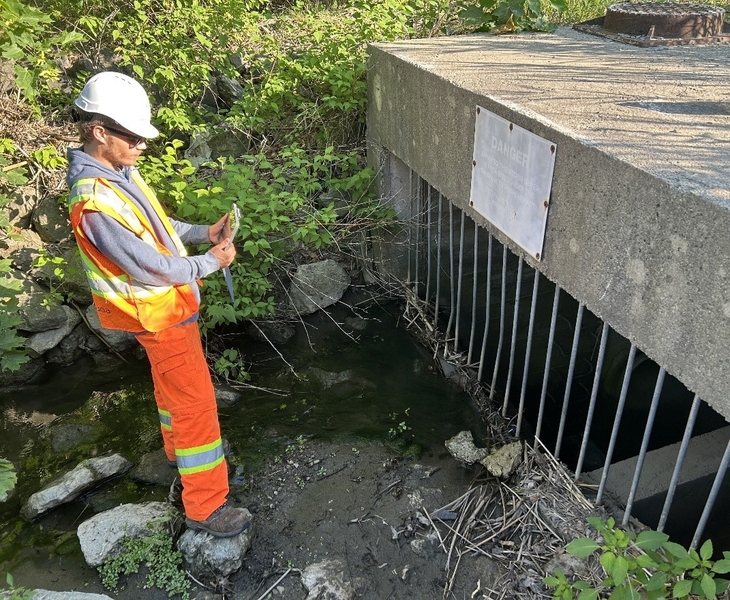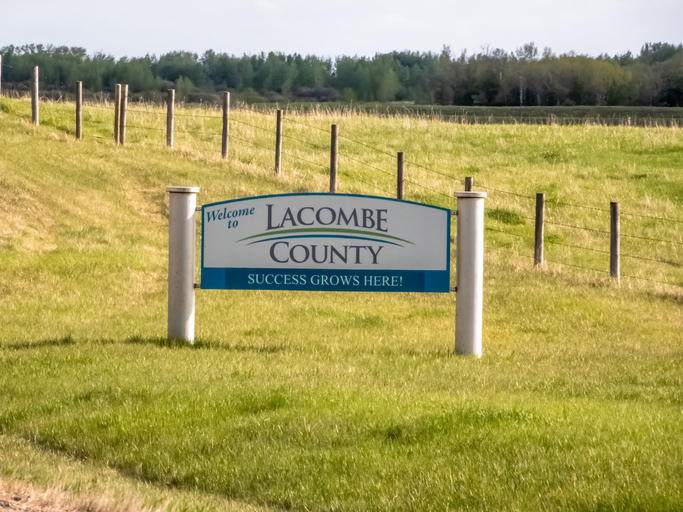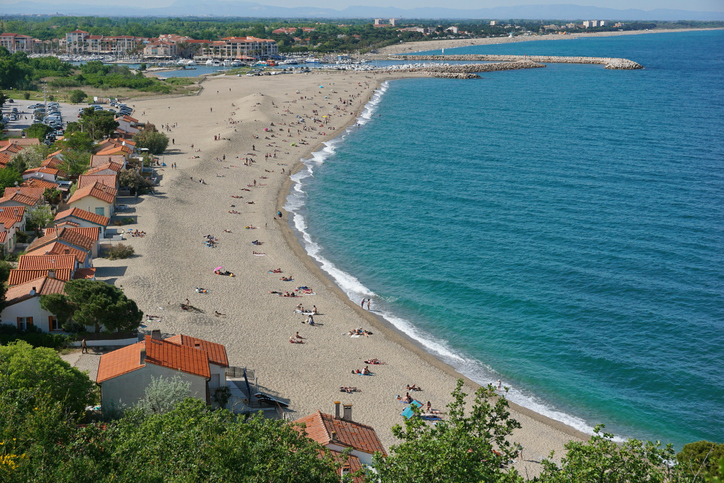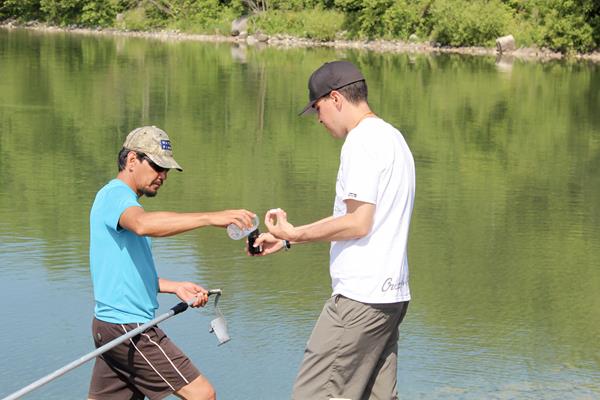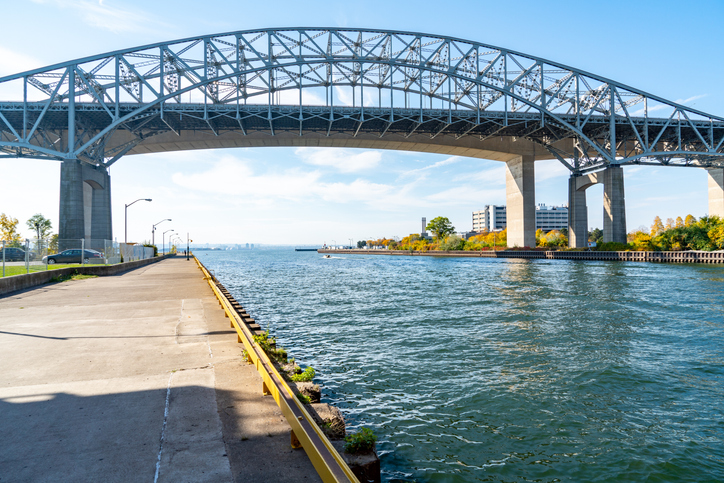America’s water and wastewater sector looks set to decline further in 2009, as capital expenditure on crucial infrastructure projects is cut back by 12.9 per cent, according to Water Market USA, a new report published Global Water Intelligence. Restraints on borrowing, shrinking tax bases and a drop in capital contributions from property developers have derailed investment plans, the report suggests.
But in the longer term much stronger growth is in store, as scarcity, the need for environmental protection and repair decaying networks force the pace of investment. The report suggests capital expenditure will grow from US $25.2 billion in 2009 to US $49.7 billion in 2016.
The biggest area of expenditure will be rehabilitating the sewer network, attracting a total of US $46 billion of expenditure between 2009 and 2016. Upgrading wastewater treatment plants is also a priority – attracting $41.1 billion over the same period. The fastest growing market will be seawater desalination, attracting total capital expenditure of around US $130 million in 2008. This will grow to over US $1 billion by 2015.
Other findings from Water Market USA include:
- Water tariffs will need to rise steeply: currently US consumers pay between a third and a half the amount that European consumers pay for water, but they use two to three times the amount of water.
- The challenge of recruiting skilled staff will drive investment in automation among larger utilities and as well as encourage outsourcing among smaller utilities
- The fastest growing water technology markets over the period between 2008 and 2016 will be ultrafiltration and microfiltration membranes (+280 per cent), UV disinfection (+227 per cent), Ozone disinfection systems (+233 per cent) and membrane bioreactors (+180 per cent), and reverse osmosis membrane systems (+165 per cent).
- Capital expenditure on water reuse will top US $10 billion between 2009 and 2016; whereas seawater desalination will attract investment of US $5.5 billion over the same period.
The main beneficiaries of long-term growth in the sector will be engineering firms such as Black & Veatch, CH2M Hill, AECOM Technologies, and Jacobs Engineering; solutions providers such as General Electric, Siemens, Veolia Environnement; and equipment suppliers such as ITT, Dow Chemical Company and Energy Recovery Inc. The growth rate of investor owned utilities is expected to be more modest, although they are expected to provide a safe haven for investors during the crunch period.
Christopher Gasson, co-author of Water Market USA commented: “The cost of the cutbacks during 2009 will be borne by the environment. We will see more pollution in rivers and lakes and further degradation of freshwater resources.
“From 2010 onwards the outlook looks much better. With [President-Elect] Obama’s big infrastructure spend feeding through, and utilities catching up with the projects that they were forced to delay in 2008 and 2009 because of the financial crisis.
“If you are defensive investor, water is a great market because ultimately you can’t avoid paying for it.”
Read more about water investment in our upcoming January/February issue.


